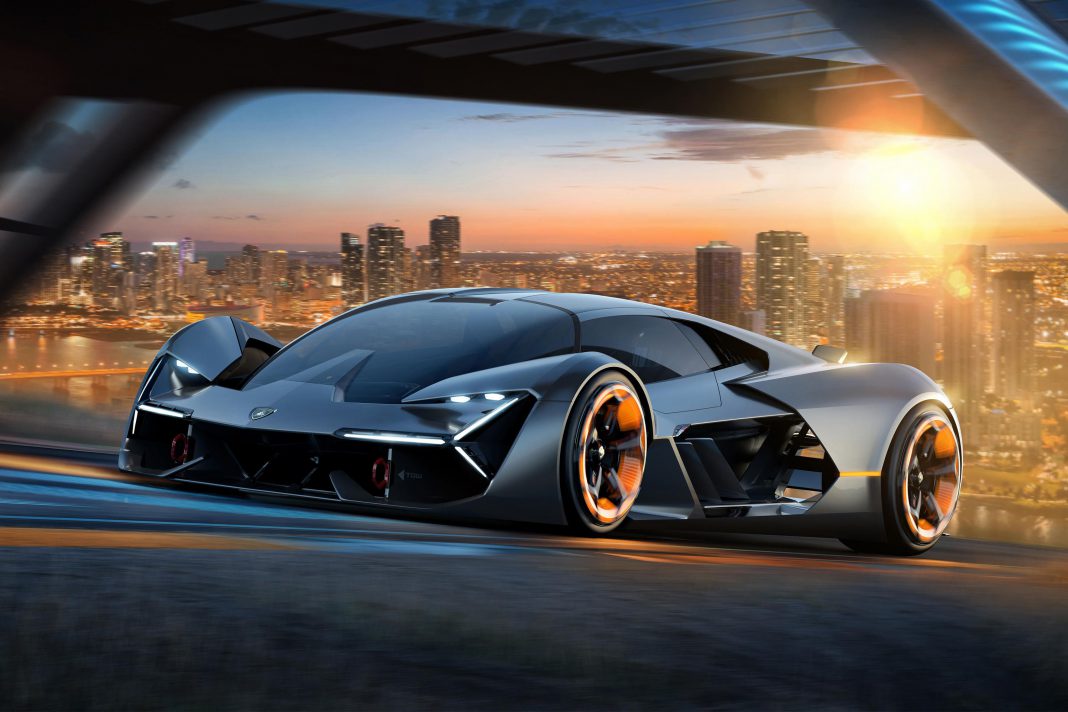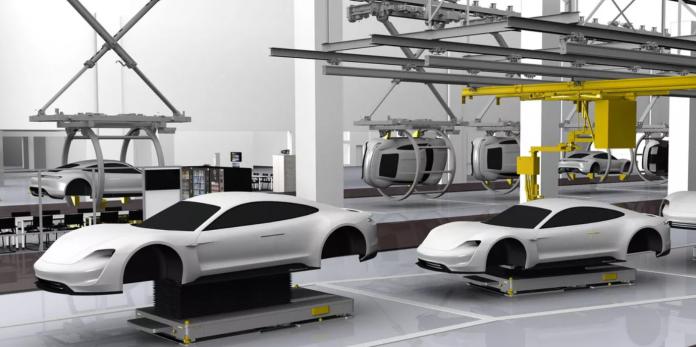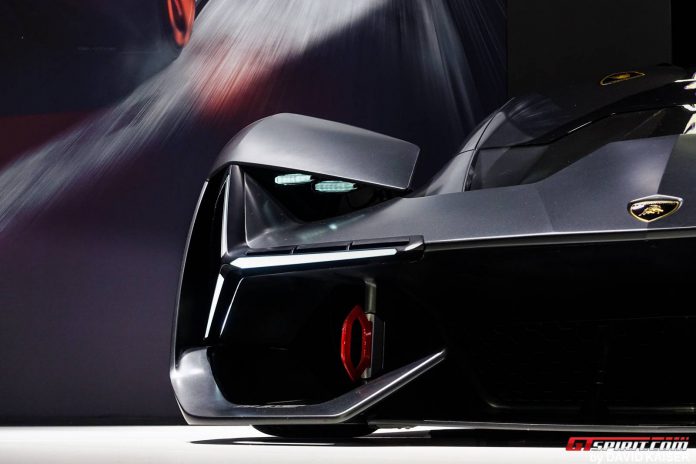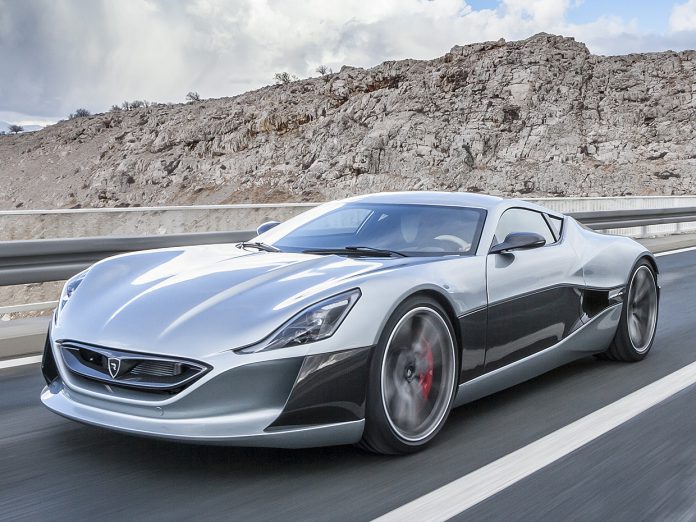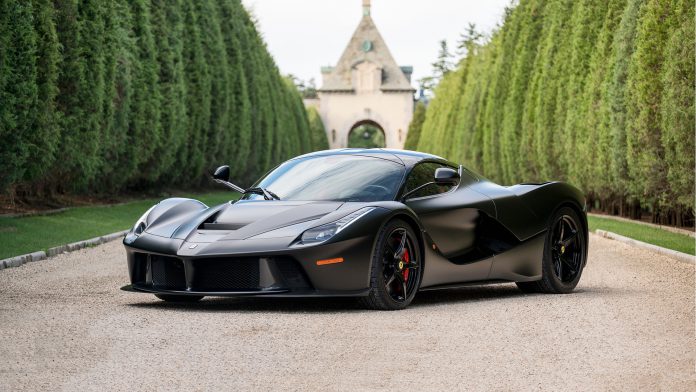Ask Elon Musk how he has rethought the fundamental mechanism of several industries, and he will attribute much of his ingenuity to reasoning from first principles. First principle thinking is what allowed Karl Benz to contemplate harnessing the energy produced from what are essentially small explosions in a confined space, into rotational force on a set of wheels. Lo and behold, the internal combustion engine (ICE) as we know it today was born. What was initially envisioned to become the ‘horseless carriage’ became one of the world’s most significant machines of its time; the automobile. Now, more than 130 years after Mr. Benz first introduced the world to spinning wheels that weren’t powered by the Flintstones family, we are approaching the final stretch of automobiles’ subsistence as we know it. Countries spanning the globe, from China to the United Kingdom, and even the motherland of copious car manufacturers – Germany – have announced forthcoming bans on the sale of ICE vehicles. Although the list of countries is still limited to an amass of European members and several Asian countries, many governments across the globe are flirting with combustion-free regulations.
Cultural phenomena are widespread over the centuries, and range from Flower Power in the 1960s, to the New Age movement in the 1980s, and rapid improvements of technology in the early 2000s. The year 2006 however marked a monumental shift that would transform the world as we know it, quite literally. With his documentary ‘An Inconvenient Truth’, Al Gore sparked the debate on climate change. Ever since, the terms ‘carbon emissions’ and ‘global warming’ have been at the forefront of politicians’ speeches. It took some time, but eventually governments worldwide jumped on the environmentalist bandwagon – though this bandwagon was different. This bandwagon was no longer towed forth by a classical steam locomotive. No, this bandwagon was environmentally friendly and towed by what could only be an electric locomotive, a politically correct locomotive if you will. Although we still only possess an infantile understanding of the climate and whether or not the current weather trends are actually influenced by our burbling tailpipes, the locomotive of politicians-turned-environmentalists is surging forth and there’s no stopping her. How did we get into this mess?
From the moment governments started to crack down on carbon emissions, the automotive sector was among first in line to be hit with regulations. Remember that this entire ordeal is a political affair: the car sector was an easy target that would appease voters and feign some form of effort to the credit of policymakers. If you see a Prius outside of your communal supermarket, instead of a fuel-guzzling V8 Mustang, then surely the polar bears must be living a better life and the sea levels would cease to rise. Though such a plain approach obviously was just a drop in the ocean – when looking at the bigger picture one can’t help but wonder why the crack down on cars has become so stringent over a relatively short time span. Putting matters into perspective: just 15 of the world’s biggest cargo-ships emit more pollutants than all the world’s cars put together – but radical regulations for the shipping sector are yet to be enforced. The average voter simply isn’t confronted with massive cargo-ships on a day to day basis – so these aren’t as much of an eyesore as that Mustang you see each day by the loading zone of your kid’s school.
This column could engulf you with the relevant statistics to convince you to put on a yellow vest and march through the Champs-Élysées in protest of the eco-taxes. But that is neither here nor there. The current status quo of automotive regulations is saddening, at the very least, and it begs the question; what’s next? The ‘purist’ automotive sector has fared fairly well in light of increasingly stringent regulations. Although electric vehicles (EV) have gradually become a more common sight on the road, and most cars achieve a far improved miles per gallon ratio than a decade earlier, the die-hard petrolhead has been left mostly unbothered to date. Over the past five years, with mounting pressure to reach environmentalist goals, manufacturers have still released a plethora of phenomenal sports cars.
Recently, the radical McLaren Senna has shown us all that the fun, and road-legal racing-thrill, isn’t over yet for those that enjoy spirited driving. Admittedly, we have seen many iconic models resort to smaller, turbo-charged engines, and virtually all models have lost the optional manual gearbox, but if this is the only price to pay for the maniacal environmentalist pursuits, then we got off easy. Until now the car community has enjoyed the silver lining of the emissions-craze. Several hybrids like the Porsche 918 Spyder and Ferrari Laferrari only use their electric power to provide full torque at idle, and to supplement their internal combustion engine at peak performance. Whilst Tesla gave us the chance to experience ridiculously fast accelerations, Rimac gave electric technology a real presence in the automotive racing world, and subsequently enabled the production of the Koenigsegg Regera. Cars have generally gotten safer, more efficient, and arguably more enjoyable to drive with the help of sophisticated engineering. But the silver lining that we have enjoyed for some time now, is about to run out of thread. With increasingly more governments pledging to ban the sale of internal combustion engines, we cannot help but wonder if we may have just reached the zenith of driving pleasure.
In a few short months Porsche is expected to unveil their production rendition of the Porsche Taycan – the company’s first full electric vehicle. Although a streamlined design and gadget-filled interior are easy to gloat about; let’s not lose track of this monumental development in the industry. Porsche, arguably one of the most iconic sports car manufacturers, is entering the EV segment full force. The Stuttgart-based producer is investing more than €6 Billion until 2022 on its EV segment, and expects half of its vehicles to be hybrids or full electric by 2025. Even its latest flagship model, the 911 type 992 has purposefully been designed to allow room for an eventual electric powertrain. The 911 can be thought of as the canary in the coal mine – it is a dependable benchmark for the course of most sports cars in the segment. If even the most classical driver’s car becomes a soulless byproduct of emission policies, then the innocent canary suddenly transforms into a bearer of tragic omens. And indeed, the electrification metamorphosis is not limited to Porsche. Bugatti is seriously considering some form of electrification in its next model, Sergio Marchionne has announced that an electric Ferrari is on the horizon, and the Terzo Millennio painted a clear picture that Lamborghini could be headed in a similar direction.
“So what?”, you may ask. Place any experienced driver in a Formula-E race car and it will force-feed them the guardrails within the first lap. There is no doubt that EVs can still be engaging cars to drive to some extent, but the fact of the matter is simple: an EV will never be an attack on the senses like a car that sips dinosaur juice. Sure, an EV can defy physics with the kind of accelerations that makes your face melt and your stomach jittery, but similar ICE cars already exist on the market, and often provide a good thrill but little driving pleasure as you run out of road before you run out of revs. The thrill and sensation of driving an ICE powerhouse, is simply unparalleled by the monotonous experience of an EV. For purists, electric powertrains are as much of a substitute to internal combustion engines as plant-based burgers are to Kobe beef in a steakhouse.
We may however, have to start counting our blessings with EVs; because a fully autonomous driving experience seems inevitable for the future. The annual Consumer Electronics Show (CES), kicking off last week in Las Vegas, displayed this rapid transition to an autonomous world: driverless and automotive technology covered 28,000 square meters of floor space. What’s worse than having to resort to driving EVs? That’s right: not being able to drive at all. And the future looks foreboding for the driving fanatics: according to research group IHS Markit, annual sales of autonomous vehicles will hit 33 million units by 2040 and account for more than a quarter of global vehicle deliveries.
Although technological advancements are happening quickly, the idyllic projections by manufacturers and policymakers are often a tad optimistic. The rush for autonomous vehicles still requires a tremendous amount of research, and as with any new technology that people are uncertain about: if anything goes wrong, the entire project can come crashing down at the drop of a hat. After Uber’s self-driving car was involved in a fatal accident in Arizona last year, the company was forced to drastically scale back its testing activities. Extended feuds followed with questions about cause, responsibility, future prevention, and accountability. These kinds of delays and prolonged moments of legal discussion will occur repetitively throughout the testing phase. Although the future is almost certainly autonomous, it will take time to be implemented. Mike Ramsey, an automotive consultant with researcher Gartner Inc. says “people have had this really unrealistic view of how fast this really groundbreaking technology can be implemented. It’s going to be painfully slow.”
Thus, for the short run, the transition to electric vehicles remains as a realistic possibility. The key player in this segment right now, is without a doubt Elon Musk’s Tesla. Competitors are not sitting still however, with the Taycan around the corner and the I-Pace flocking urban streets, EVs are steadily gaining traction. An undeniable trend of these cars however, is their position in the market; their price tags are often disdained by the average Joe, and that is partially why the current strain of regulations and push for EVs is helplessly premature. The segue to a new technology may be jumpstarted by the wealthy elite spearheading the change, but the sparkle of disruption to the conventional norms needs to spread beyond metropolitan city centres and the valet of fusion restaurants. The real transition drives through the suburbs and is parked outside of the local zoo so the family can go see those polar bears that are now living comfortably.
But this drastic shift simply is not prevailing in the short run: electric cars are desperately reliant on government subsidies to enable sales and have a gravely underdeveloped infrastructure. Denmark provides us with a quintessentially perfect illustration: the new cabinet of the Scandinavian country removed subsidies for electric vehicle purchases. The result; whereas nearly 5000 EVs were sold in 2015, only 700 EVs were sold in 2017. And although those electric vehicles come with state of the art technology, the underlying powertrain is unreliable and cumbersome. The newest Jaguar I-Pace has an acclaimed rage of 470 kilometres, but the reality of the situation is even more somber than you’d expect: many owners are reporting an actual range of 250 kilometres. Not many people will talk about this though, because the headlines read somewhere along the lines of ‘Jaguar I-Pace Most Sold Car of December!’. Admittedly EVs such as the I-Pace have their attributes, and they will almost certainly satisfy the need of certain customers, but the fact of the matter is that these cars are hopelessly outclasses by ICE vehicles when it comes to range and day-to-day usability.
You’d be forgiven for cutting EVs some slack – after all, every new technology has its kinks at its infancy. These hurdles will certainly subside effortlessly as technology progresses and batteries become more capacious and easier to charge, right? That’s the underlying issues: classical lithium-ion batteries have reached maturity and leave little room for further improvements. The technology in these battery packs has simply been pushed to the very limit, leaving no leeway for drastic advancements. The automotive sector is now relying on the breakthrough of so-called solid-state technology: a new internal design for batteries that utilises solid elements rather than flammable liquids. The problem is that this technology simply hasn’t been developed yet, and when it does, it will have to undergo an eye watering amount of testing before it is safe and utilitarian enough to find its way into consumer vehicles. When regulations and political coercion pressure manufacturers to build EVs, governments are essentially betting on a half-baked technology, for which the only plausible successor isn’t even with our reach to manufacture yet. When will the passengers of the unstoppable electric-locomotive learn: a bird in the hand is worth two in the bush.
Even if scientists reach a breakthrough in battery technology, and filling your car batteries with electron juice is (nearly) as convenient as filling the tank with dead dino juice, we still haven’t saved the polar bears yet. The source of that electron juice is also questionable: if countries don’t have the means to produce sufficient amounts of renewable energy (and most don’t) then the lion’s share of the electricity will usually come from a coal-fired plant, which pollutes significantly more than any ICE vehicle. And as the existing infrastructure for EV cars on the road is subject to improvement, the procedure for dismantling and recycling retired EV cars is virtually non-existent. Although the cars may emit no pollutants while in use, once decommissioned, the batteries prove to be a smoothie of toxic waste that are nightmarish to dispose of, let alone recycle.
For as long as electric vehicles remain out of reach for most people, unpragmatic for longer distances and a hassle to charge, but most of all, as long as the required technology and infrastructure is inadequate, the stringent regulations on cars are only shortsighted measures. Like ICE cars before them, electric and autonomous vehicles will eventually change the texture of everyday life, but this is a macro-transition that cannot be forced into existence in the short run. Until the technology, infrastructure, and most importantly the drivers are ready for a new era of private transportation, spirited driving will still be possible, and manufacturers will continue to stretch the boundaries of engineering to deliver their customers with raw driving pleasure. Predicting when autonomous vehicles will rule the road is anyone’s guess, simply because the technology is so far away, and EVs will first have to prove feasible before we can properly dive into automated private transportation for the masses. With all the uncertainty of when exactly the last ICE vehicles will be sold, or when they will be banned entirely, one thing is certain, and Ferry Porsche said it best: the last car built will be a sports car.

